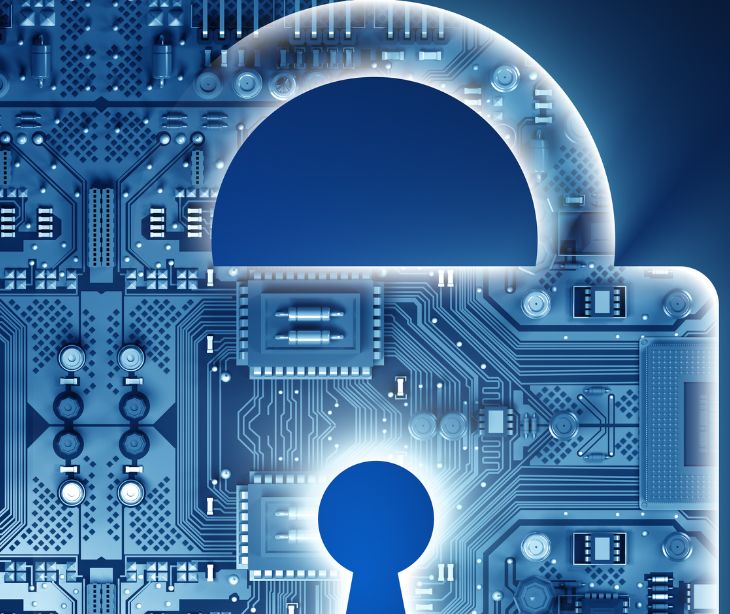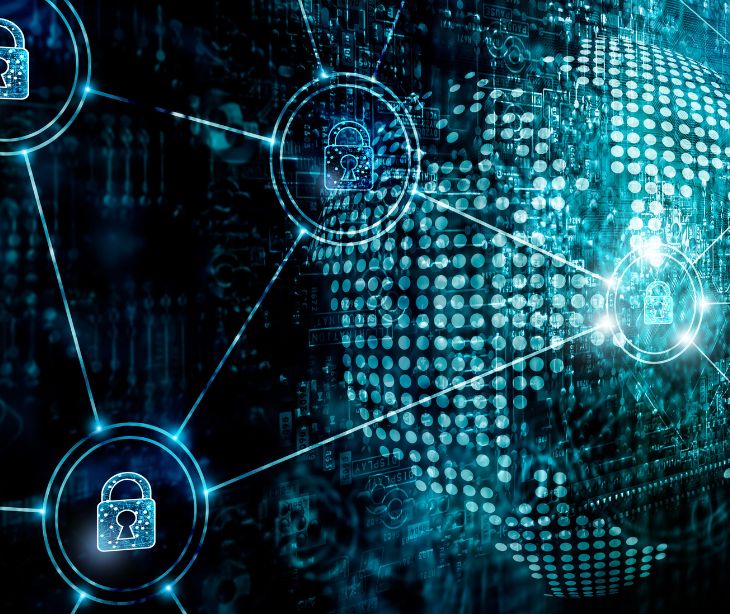
HIPAA Security Rule authentication refers to verifying the identity of a person or entity seeking access to electronic protected health information (ePHI). Authentication ensures the confidentiality, integrity, and availability of ePHI.
Understanding authentication
Within the context of the HIPAA Security Rule, authentication is the method by which covered entities and their business associates verify the identity of individuals seeking access to ePHI. This process is vital to preventing unauthorized access and protecting patients' privacy.
HIPAA Security Rule authentication is significant as it is foundational for safeguarding electronic health information, adhering to legal requirements, and establishing and preserving trust within the healthcare ecosystem.
Access control standards
Authentication is addressed under the broader "Access Control" category within the Security Rule. The standards require covered entities to implement measures that ensure only authorized personnel can access ePHI.
Flexibility and risk analysis
HIPAA recognizes healthcare organizations' diversity and does not prescribe specific authentication technologies or methods. Instead, it encourages a flexible approach, allowing entities to tailor their authentication measures based on their unique circumstances. This flexibility is particularly emphasized in the Security Rule, enabling organizations to conduct a risk analysis and implement authentication procedures that are both effective and practical.
Implementing authentication measures
There are steps that healthcare organizations can take to meet the HIPAA Security Rule authentication requirements:
- Unique user identifiers: Assign unique user identifiers to individuals accessing ePHI systems.
- Password policies: Implement strong password policies, including requirements for complex passwords, and restrictions on password sharing.
- Multi-factor authentication (MFA): Consider using multi-factor authentication, where users must provide multiple forms of identification before gaining access.
- Regular training and awareness: Educate personnel about the importance of authentication, the risks associated with unauthorized access, and their role in maintaining the security of ePHI.
- Periodic security assessments: Conduct security assessments to identify vulnerabilities and update authentication measures accordingly.
See also: HIPAA Compliant Email: The Definitive Guide
FAQ’s
What is the Security Rule for HIPAA?
According to the U. S. Department of Health and Human Services (HSS), “The Security Rule requires appropriate administrative, physical and technical safeguards to ensure the confidentiality, integrity, and security of electronic protected health information.”
Does HIPAA require two-factor authentication?
HIPAA does not require 2FA. However, if a covered entity or business associate conducts a risk assessment and identifies vulnerabilities that could be addressed by implementing 2FA, it becomes an appropriate security measure to implement.
What are the technical safeguards required by the HIPAA security Rule?
Technical safeguards are the security protocols that guard ePHI and manage access to it.
What is the first step for entities in security rule compliance?
The first step toward Security Rule compliance requires risk analysis
Go deeper:
- Two-factor authentication: What is it, and how does it work?
- A deep dive into HIPAA's technical safeguards
Subscribe to Paubox Weekly
Every Friday we'll bring you the most important news from Paubox. Our aim is to make you smarter, faster.




